
Chats
Stonechat
The Stonechat is a small passerine bird found in Ireland, with a distinctive call and appearance, including a rusty red breast and white collar. They can commonly be found in heathlands and around farmland.

Description:
The male and female Stonechat may look very different from each other, but both birds are distinctive with their unmistakable orange-crimson breast that stands out against a dark head and a white collar. Male Stonechats have black feathers on their head with a white half-collar and a mottled brown back, while females have a grey-brown head and back.
What they eat:
The Stonechat is an insectivore and feeds on small insects such as beetles, spiders, and flies. During the breeding season, they also include caterpillars, moths, and other small invertebrates in their diet.
Habitat:
Stonechats prefer well-drained, rough grassy areas, heathlands, open moorlands, and coastal dunes. They can also be found in scrubby areas and young conifer plantations.
Size and Wingspan:
The Stonechat roughly measures around 11 to 13 cm in length and has a wingspan of 20 to 23 cm.
Male/female difference:
As mentioned, the male and female Stonechat can differ significantly. While males have black feathers on their heads, females have brown feathers, but both have the well-known orange-red breast.
Where to find:
Stonechats are widespread throughout Ireland and can be found in many habitats, including nature reserves and open countryside.
Months found in Ireland:
Stonechats are a resident breeding species in Ireland and can be found all year round. They breed between March and August, and some birds migrate to Ireland from continental Europe during the winter months.
Interesting note:
Though the Stonechat is a common bird in Ireland, its presence and population numbers fluctuate from year to year, primarily depending on suitable breeding habitats and climatic conditions. Another interesting fact is that the Stonechat's preferred habitat of rough grasslands is gradually disappearing due to development and farming practices, which may impact their population numbers in the future.
Other Birds of Ireland...
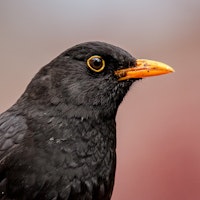
Blackbird
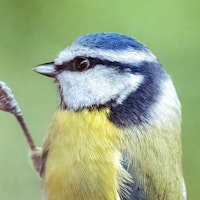
Blue Tit
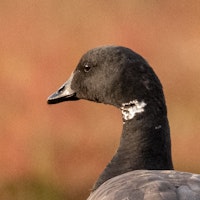
Brent Goose
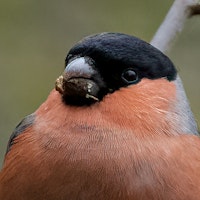
Bullfinch

Buzzard

Chaffinch
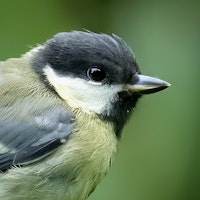
Coal Tit
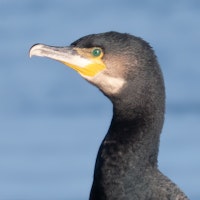
Cormorant
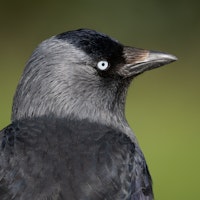
Crow
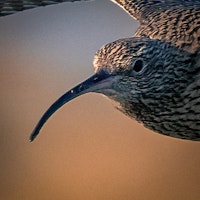
Curlew
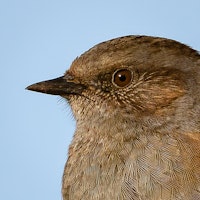
Dunnock

Eurasian Jay
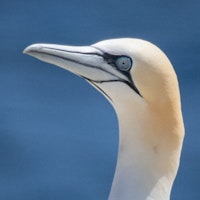
Gannet
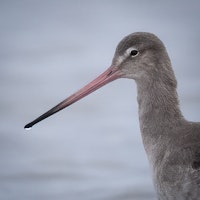
Godwit
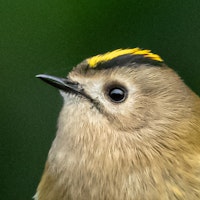
Goldcrest
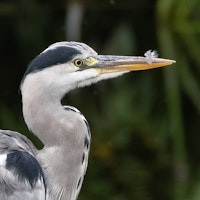
Grey Heron
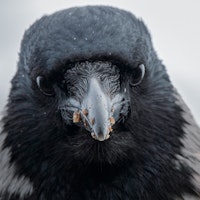
Hooded Crow
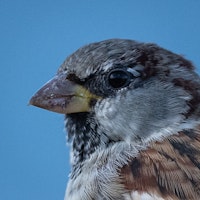
House Sparrow

Kestrel
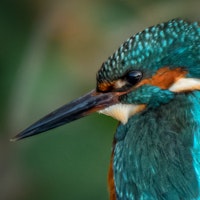
Kingfisher

Lapwing

Little Egret

Long Eared Owl

Long-tailed Tit

Mallard Duck

Merlin

Moorhen

Mute Swan

Oyster Catcher

Peregrine Falcon

Pied Wagtail

Pintail

Puffin

Red Kite

Redshank

Robin

Rook

Sanderling
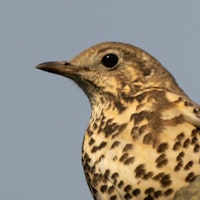
Song Thrush

Sparrowhawk

Starling

Stonechat

Swallow

Tree Creeper

Wren
More pages currently being produced...
Please connect to get updated when new pages are published








